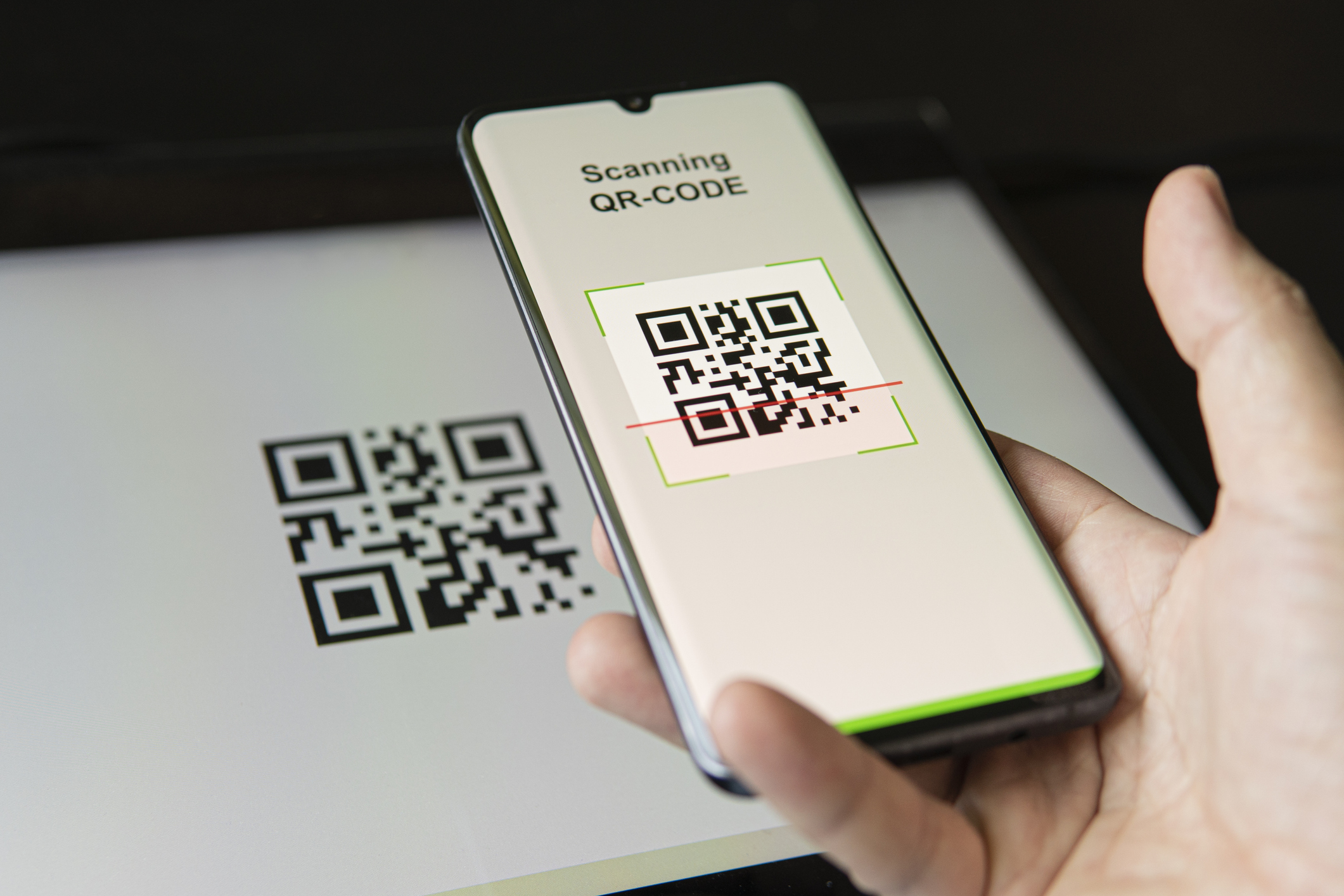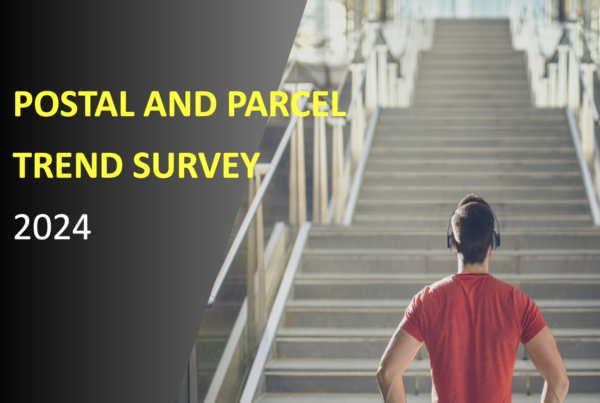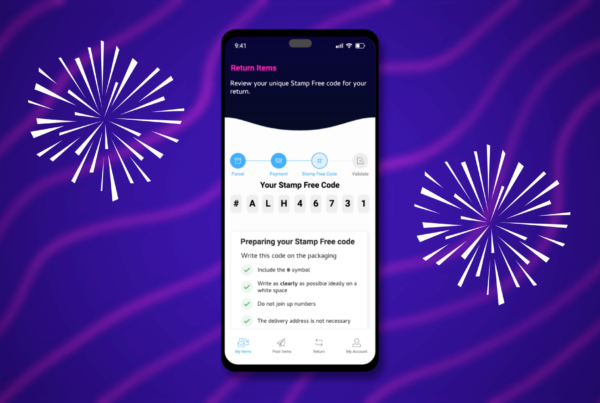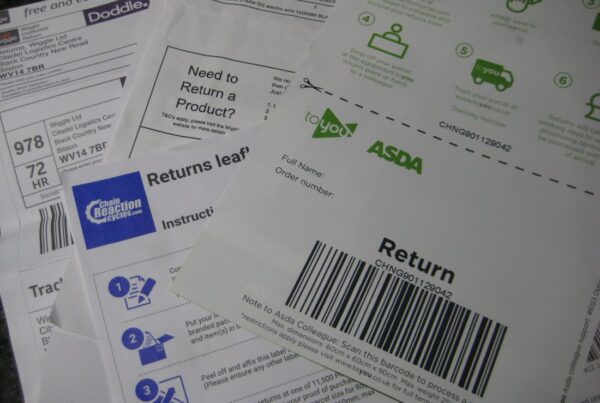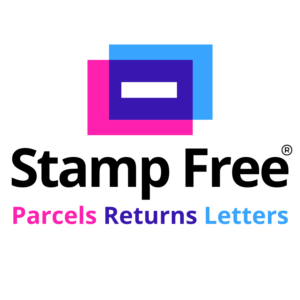Quishing is a type of phishing attack that involves luring an individual to a fraudulent website through a QR code. The QR code can easily look legitimate, but once scanned, it opens a fake site that may prompt for sensitive information such as login credentials and financial information. All businesses need to be aware of quishing because email-based QR phishing campaigns are particularly concerning for businesses and cyber criminals may exploit this method to target business accounts, seeking to steal credentials or distribute malware throughout the IT network. Individuals in particular now need to be extremely cautious as to what they scan. Recent news has shown an example where a QR sticky label was overlaid onto a public parking sign, directing users to a fake parking mobile app.
What is concerning is the pace of this emerging attack. According to Perception Point, there has been a fourfold increase in October 2023 alone. Given this I fully expect email security software to be removing QR codes within messages by default soon, rendering this form of B2C comms untenable.
Some retailers and parcel carriers have in recent times adopted the QR code to create a label free option for the consumer. We believe that this will become a negative experience as quishing awareness becomes mainstream. There will be a general reluctance to use as it will be difficult for everyday users to distinguish what is real or fake. Email filters will identify them as spam. Scanning software will display warning messages before being redirected. Scanning QR codes at lockers and parcel shops will have to stop.
Fortunately at Stamp Free we offer a fantastic alternative to QR codes, through a simple handwritten code. This is not susceptible to such attacks, and indeed contains a number of counter-measures to stop fraudulent use that is easier to achieve compared to a QR code or barcode. So if you want to proactively avoid this potentially massive issue, get in touch with us to see how easy it is to adopt our solutions.
It’s great to show that convenience doesn’t have to come at a price.


